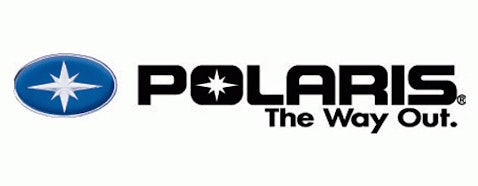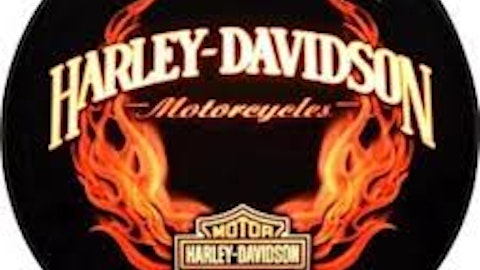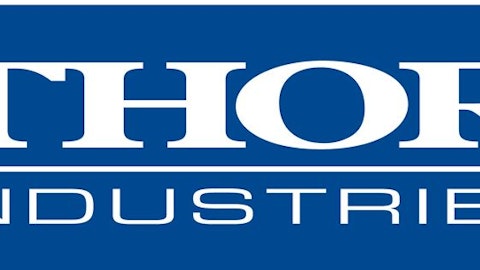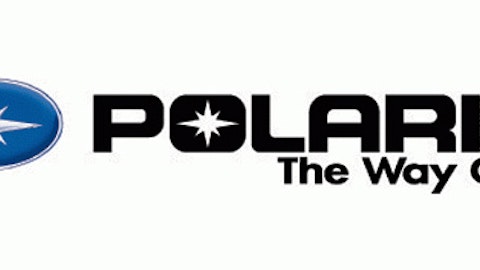This machine had an entire movie dedicated to it, “The World’s Fastest Indian,” which chronicled the struggles of New Zealander Burt Munro to break the land speed record with his 1920 self-modified Indian Scout motorcycle. He eventually did at the Bonneville Salt Flats in 1967 at 190 mph. His under 1,000 cc SF category record still stands. And Polaris Industries Inc. (NYSE:PII) has owned the company behind the Indian, the other hero of the movie, since 2011.
Gentlemen, start your engines!
To many the Indian motorcycle is just as iconic as the Harley-Davidson, Inc. (NYSE:HOG) hog. The Indian’s history began in 1901, built by the first US motorcycle company, and was a best seller until the ascendancy of Harley-Davidson, Inc. (NYSE:HOG) in WWII, which led the company to cease manufacture in 1953. Rights to manufacture the Indian went back and forth until 1999 when the company was officially reborn and almost as quickly folded in 2003. Then another five years in limbo until it was revived again in 2008 as the Indian Motorcycle Company of America. In 2011 Polaris Industries Inc. (NYSE:PII) bought the company.
Wisely building on decades’ long anticipation of new Indian motorcycles, Polaris Industries Inc. (NYSE:PII) revved up the PR machine last January in NYC with chances to hear the motor of Munro’s original motorcycle, called the most collectible motorcycle, roar again.
The Indian engenders a cult-like following and reality TV star Mike Wolfe of History Channel’s “American Pickers” is a huge fan; he helped host activities at NYC and Daytona Bike Week when the new 2014 Indian engine, the Thunderstroke 111, was presented to fans and the press. It all culminates with the debut of the 2014 Indian Chief, the most iconic and popular model of the company’s history, at the Sturgis Motorcycle Rally this August.
Polaris roars away
Polaris Industries Inc. (NYSE:PII)’ stock has been a shooting star for several years, and shareholders have been rewarded with a speedy 50% gain just since late 2011. But in the same time frame Harley Davidson has almost doubled. Both companies manufacture motorcycles, although Polaris is better known for off-road vehicles like ATVs, snowmobiles, and such. Polaris also manufactures on-road electric/hybrid vehicles and owns the Victory motorcycle line.
For years recreational vehicle companies were, if not reviled as making too expensive a plaything for recession-weary consumers, at least a challenged sector. “Eat our dust,” Polaris Industries Inc. (NYSE:PII) can honestly say as it roars off to better cash positions and EV/EBITDA (10.7) than ever. Polaris has some $275 million in cash and boasts $3.2 billion in annual sales for 2012 up from $1.99 billion in 2010.
Its direct competitor on off-road vehicles, Arctic Cat Inc (NASDAQ:ACAT), has a lower trailing P/E of 16.23 to Polaris’ 20.81 but half the yield at .9% to Polaris’ 1.8%. This is also higher than Harley Davidson’s 1.50% yield. Arctic Cat Inc (NASDAQ:ACAT) has $112 million in cash and no debt.
Although Polaris is pennies from its 52-week high, its PEG is a fairly valued 1.09. Arctic Cat may have a lower PEG at .72, but it just reported disappointing Q4 earnings of a loss of $0.38 EPS. Return on equity stands at 24.98%.
Compare this to a growing return on equity from Polaris Industries Inc. (NYSE:PII), currently at 51.15%, and accelerating margin expansion from 26.6% in 2010 to 28.8% in 2012 with an expected 40 basis point expansion guided for 2013. Polaris also has the highest insider hold of these names at 6.67%.
One rarely mentioned aspect of Polaris is its increasing awards of government and military contracts for various off- and on-road ultra-light vehicles to the US military as well as the Allied forces of 23 other countries. On May 14, the company was awarded a Department of Defense contract worth $382.5 million for fire and emergency vehicles.
The temptation to write that the company is hitting on all cylinders is irresistible. Its acquisitions to expand its on-road division (comprising 8% of sales) with that 2011 purchase of Indian motorcycle and recent buy of Aixam Mega Holding, a French on-road vehicle manufacturer (enclosed quadricycles and light duty commercial trucks) are both strategic and accretive.




